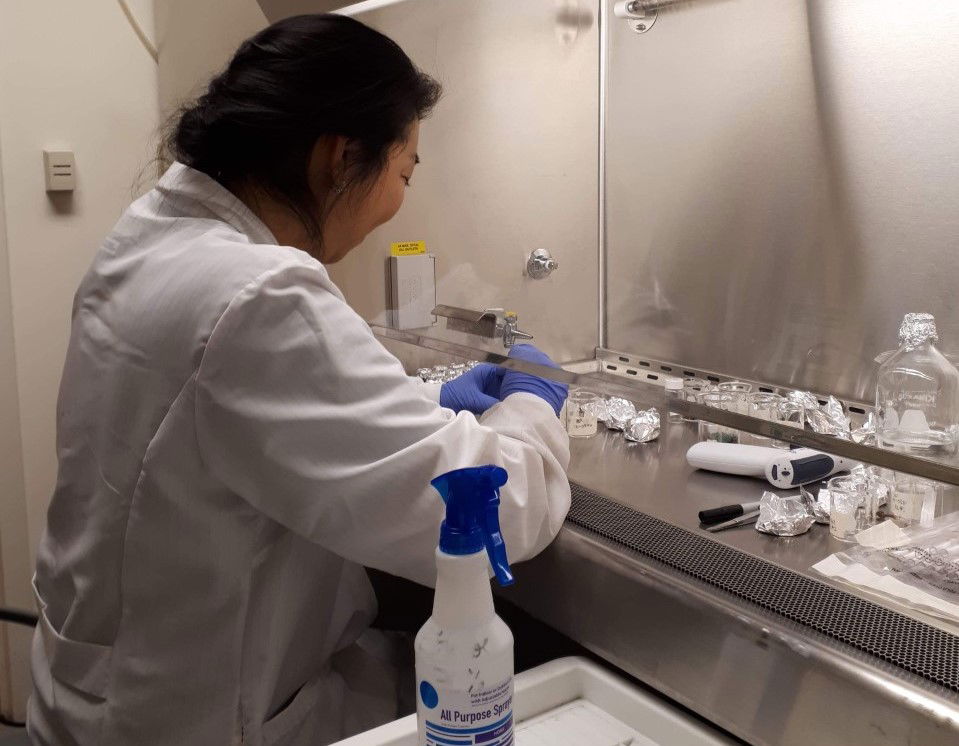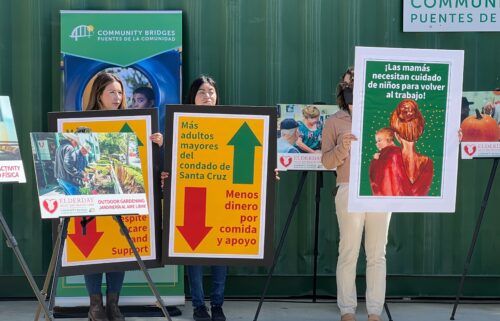UC Santa Cruz graduate student behind microplastics study

SANTA CRUZ, Calif. (KION-TV) A graduate student from the University of Santa Cruz published her Master's thesis on microplastics possibly disrupting hormones in anchovies and seabirds.
Michishita started working on her Master's thesis in the Fall of 2019 when she started her Master's program at UCSC when the pandemic delayed her work. Despite waiting until the university allowed students in the buildings, she worked with several professionals who are actively looking at microplastics, from the San Diego Zoo Wildlife Alliance to UC Davis.
"This was my first time with microplastic work," Michishita explains. "Even if we could be in the lab, we couldn't be right next to someone for training. And there was a lot of trial and error and just practice for me before I was able to have the confidence to even produce high-quality data."
One of the things that surprised her in her research was finding microplastic particles in ALL the murres.
"When you see something like that, you have to make sure, like, okay, we're your methods, right? Were your controls fine?" Michishita explains. "Was it a contamination issue before you took almost down of yourself a little bit? But, you know, we can definitely confirm that every bird had microfiber microparticles."
She also didn't expect the chart that showed whether the microplastic was potentially estrogenic or activated a receptor to have such minor changes.
"When you have more minor changes, that's actually more concerning, right? Because there could be if you put that in individual level, population level, it's a really subtle impact that's happening generation after generation potentially," Michishita said. "We can still only call things potentially because we have to keep looking more into this research further to really be able to say that it actually is impacting. And I think with all these plastic studies in terms of the toxicity component, that's the big question right now. It's, you know, is there a number? Is there a threshold? Is there an actual damaging impact in the broader sense rather than each you know micro individual level of samples?"
Michishita graduated from UCSC in December 2021. But her colleague, Elizabeth Van Hassell, is continuing the research in the toxicology of microplastics that can affect birds.
Meanwhile, Michishita was awarded California Sea Grant State fellow, and she's currently working in the Ocean Standards Unit in the Division of Water Quality at the State Water Boards. She says she's taking her experience from research and learning how to apply it in policy work and government.
"I also participate in several internal and interagency working groups, and one of them is related to Microplastic," Michishita said. "So I am actually able to stay engaged in the conversation in the field of microplastics, but in the context of government agencies and NGOs and all that. So I'm seeing it at a broader agency level, which is really cool too."
But her biggest takeaway from this whole experience:
"So if this paper is the first time someone's reading about plastics in microplastics," Michishita said. "But it might create some small change in their lifestyle. That's all I hope for."



